Two of the best ways to enjoy birding are by traveling and taking photographs of birds, and I try to combine the two as often as possible. We all have our favorite spring birding locations, spread out across the continent, but there are some mega hotspots that I’ve had the opportunity to visit periodically over the years that I want to emphasize. Perhaps it will help me to decide where I will break away from winter’s grip, but I’m also trying to hold back to time my major spring photo trip for the peak of songbird migration in mid-America.
Nonetheless, it’s time to make plans, for this year or next, or at least to assess where you can get the most out of a few days or more at a true spring bird photography hotspot. With that in mind, I’m going to share some of my favorite spring photo sites:
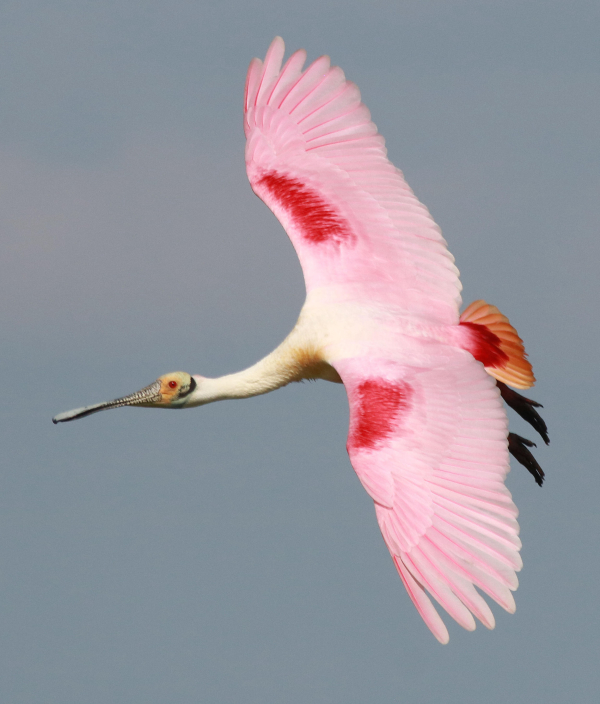
A variety of wading birds in flight provided almost continuous photo subjects on the canopy walkway platform at High Island, with Roseate Spoonbills in full color during April and May (photo info: 400mm telephoto lens, f-8 aperture, 1/2000 shutter speed, ISO 400).
|
High Island, Texas is one of the best locations to intercept migrating songbirds as they make landfall after crossing the open expanse of the Gulf of Mexico, although some birds may be following the curve of the mainland shore too. High Island is well named, as it’s the first land above water where birds find trees and other vegetation, which holds food – insects, fruit, seeds, nectar. Almost every species of eastern songbirds can be found here during the course of spring migrations. But there’s much more to High Island too.
The wading bird rookery at Smith Grove, located on the edge of the village of High Island, provides an unprecedented experience for birders – for anyone. With an abundance of such amazing birds as Roseate Spoonbills, Tricolored Herons, Great Egrets, Snowy Egrets – all involved in nest building, innate behavioral displays, incubating, feeding nestlings, and fending off interlopers and neighbors – the rookery is action-packed, perfect for photographers.
And there’s one more very big attraction: Houston Audubon has built a remarkable new “canopy walkway” that provides visitors with an elevated walkway through the mid-story of a live oak woodland, which allows photographers to focus on songbirds in adjacent branches at their own level, rather than from below at ground level. It also provides a bird’s eye view to photograph birds on the wing around the rookery, the associated lake, and a couple other wetlands. The remarkable birds at Smith Grove have held my attention for hours – days actually – and provided hundreds of photo opportunities. It’s a chance to practice and test all the photo options you can think of, and all the advice you’ve been given; but it’s also a place where you will take some of the best photos of your life! There are also miles of hiking trails traversing Smith Grove, 1 of 4 Houston Audubon properties in High Island.
Nearby, 2 other top-notch bird photography locations provide must-visit opportunities for birders – immediately to the south of High Island you meet the east side of the Bolivar Peninsula, which provides a different set of photo ops along the coast and sandy beaches where you can find a variety of sandpipers, plovers, and other shorebirds such as Long-billed Curlews and Ruddy Turnstones; plus there are terns, gulls, and skimmers to photograph, along with other birds.
Not far in the other direction from High Island, you can turn to the west to visit Anahuac National Wildlife Refuge, which provides prime photo ops of waterbirds, ducks, and wading birds along the Shoveler Pond Auto Route, which is worth a second run before you exit. Beyond Shoveler Pond, you can spend a lot of time driving or hiking without many photo ops, so use your time wisely. Along the prairie and ranchland you pass on the way to and from Anahuac Refuge from High Island, you should also get a few nice chances to photograph Scissor-tailed Flycatchers, and you might find a White-tailed Kite or a migrating Swainson’s Hawk along the way.
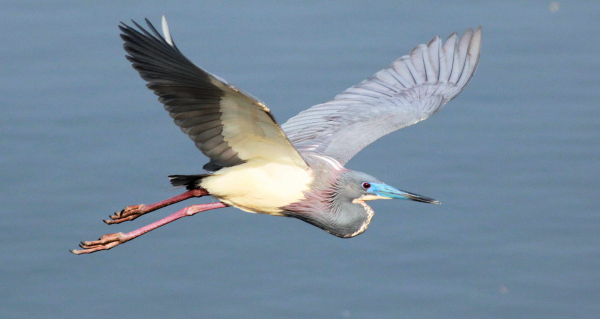
It all adds up to the High Island area as being one of the best bird photo locations for a gamut of different birds. The last time I visited the area, I spent 5 days there, and should have spend more. You can learn more about High Island and associated locations at Visitor Information | High Island Sanctuaries | Houston Audubon Houston Audubon must be commended at the highest levels for the expansive work they do, with High Island as a focus point.
Timing is paramount to any successful visit to a bird photography hotspot, so you will want to keep 2 important things in mind when planning a spring trip to the coast – the peak period when migrating songbirds pass through the area, and the weather. I would suggest planning a visit during sunny days between April 16 and May 1st – that’s when I will return next time. But that timing is contingent on having sunny mornings and evenings to photograph birds. Plus, if you can get sunny days after a front moves overnight, with a couple hours of rain toward sunrise to interrupt migrant birds’ progress, that’s the ultimate weather combination as it should create a “fallout,” which will shortstop birds and make them search for the first sight of land – which in that area tends to be High Island – be there then for sure!
My other top choice for spring bird photography is clearly Magee Marsh in Ohio, located on the southwest shore of Lake Erie about 40 miles east of Toledo. Although this area tends not to have the supporting cast of flashy wading birds and shorebirds, the variety and abundance of many songbirds makes this my favorite spring bird photography location – for now. Like Smith Grove, it’s a magical bird photography location when the timing is right and the sun is shining. Timing is a little later than the Gulf Coast, understandably considering that after the birds feed and refresh after making Gulf landfall, it takes some time to migrate farther north to the next big body of water – one of the Great Lakes; Lake Erie in this case.
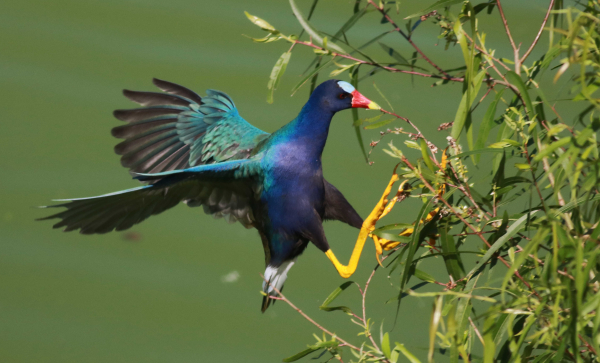
Therefore, I watch the weather and bird reports for the first 10 days of May, with May 5 to 10 being a good bet if the sun is shining, and especially if conditions create a fallout. But any sunny early May day is exceptional for songbirds at Magee Marsh, and the boardwalk there provides exceptional opportunities to encounter a variety of songbirds, especially eastern warblers, ranging from Black-throated Blues to Prothonotaries, Chestnut-sided to Blackburnians, Northern Parulas to Bay-breasted and Cape May Warblers! And I’ve appreciated chances to photograph Hooded, Blue-winged, and even Kirtland’s, but missed a couple chances for Ceruleans – WoW! And that’s just warblers; there are orioles, vireos, tanagers, and other songbirds to be photographed there too.
For more information about Magee Marsh and other birding hotspots in the area, check in with the Black Swamp Bird Observatory (see BSBO - HOME), which also holds one of the premier birding events of the year during the prime songbird migration period – the Biggest Week in American Birding, scheduled for May 5 to 14 this year (ya, that’s more than a week, but … ).
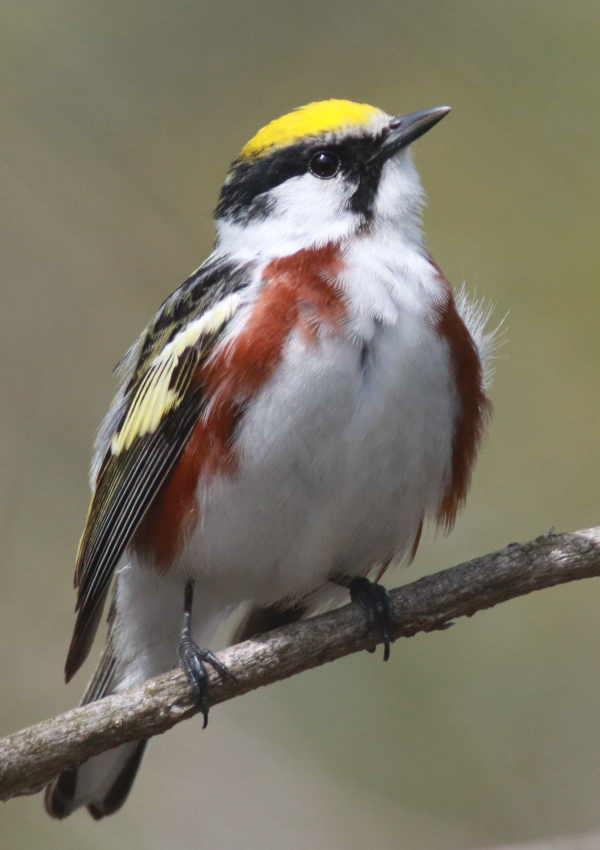
A portrait of a Chestnut-sided Warbler gives one the impression it is not in constant motion, making such a photo truly rare (photo info: 400mm telephoto, f-7 aperture, 1/1250 shutter speed, ISO 800).
|
During one of my trips to Ohio, perhaps the next one, I want to cross the Canadian border at Detroit (not far north of Toledo) to visit another must-experience bird photography location at Point Pelee National Park in Ontario. A peninsula located on the northwest side of Lake Erie, actually northeast of Magee Marsh, the peninsula is the first land that migrating songbirds can see as they cross the huge lake, providing something of a reverse funnel effect in the spring.
In the case of each of the above locations, make a vacation of it and spend as many days as you can – you will never regret it if your timing is right. And yes, there will be plenty of other people there during the peak of spring migration, but that underlines that the location is among the best, and sharing time in the field with other birders part of the fun, checking out their cameras, lenses, binoculars, and spotting scopes. Actually, some day I would like to spend the last week of April at High Island, then hightail it north-northeast to Magee Marsh for May 4th thru the 10th! Then head home in time to meet eastern songbirds migrating along the western edge of their routes at my local hotspot – Melody’s Grove, just a couple hundred yards from home.
Everyone should have a Melody’s Grove nearby, a migrant magnet that draws migrating bird in for magical days each May when songbirds, flycatchers, hummingbirds, and more stop for some hours or days on their way to nesting areas in the boreal forests of Canada and Alaska. Even if you don’t travel to a big-time bird photography hotspot, seek out your own local hotspot, or find out where area birders are finding birds of interest by checking in with local birders and monitoring eBird.
Back on the national scale, I also tout some birding locations Orange County, California as great spring migration sites, although they are also worthy of year-round bird photography attention. Bolsa Chica Wetlands are located on the north end of Huntington Beach, and the Newport Back Bay and San Juaquin Wetlands in Newport Beach and Irvine respectively provided untold sunny days of excitement with my camera. A variety of waterbirds, terns, skimmers, gulls, pelicans, shorebirds, ducks, wading birds, and occasional Ospreys, falcons, and kites make these birding hotspots wonderful photo getaways in a mostly urban environment adjacent to the Pacific Ocean.
Cape May, New Jersey is another remarkable spring migration hotspot, although photographing songbirds during migration can be trying there at times for short-term visitors. Nonetheless, there are a variety of birding sites to visit in this birding mecca, and you are sure to get some fine images of shorebirds along the bay side of the peninsula. A bit farther up the Atlantic shore, Forsythe National Wildlife Refuge is another bird photography favorite for waterfowl, terns, wading birds, and more.
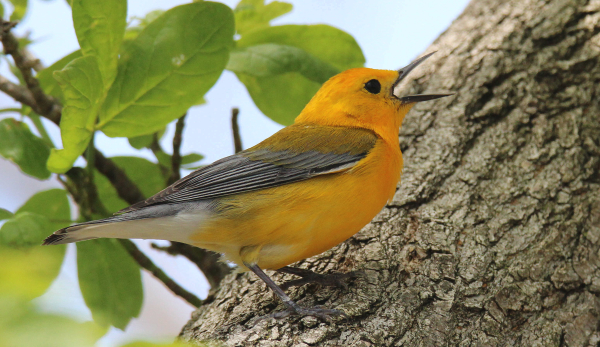
Southwest of Miami, Everglades National Park is a favorite bird photography destination this time of the year as Swallow-tailed Kites make landfall along the south side of Florida, along with many migrating songbirds. Just as exciting, you will find an abundance of nesting wading birds to photograph as they begin building nests, including Wood Storks and Roseate Spoonbills. A great location to photograph wading birds flying to and from a nesting rookery is at the Pouratis Pond picnic area, just off the main road; and I always work my way down to the southern-most end of the road adjacent to the park campground at Flamingo – you will find many birds along the way.
North of Miami, a prime bird photography hotspot is Loxahatchee National Wildlife Refuge, which is my favorite location to photograph colorful Purple Gallinules, Limpkins, Glossy Ibis, and other birds, with the potential of see a Snail Kite, Pileated Woodpecker, and a variety of migrants.
A little later in the spring season, someday I’d like to visit a migration hotspot for migrating songbirds along the coast of Maine, which I understand has some impressive migration stopover areas. It would also be paramount to join an offshore excursion to photograph Atlantic Puffins, Razorbills, and other seabirds on or adjacent to coastal islands. That’s a trip I’ve long been interested in – I’ll follow through someday soon.
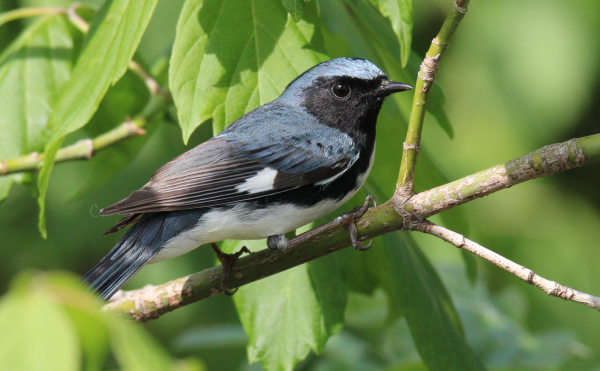
Now I await migration to fire up in south-central North Dakota, which will begin with the vanguard of 5 species of geese and 15 species of ducks, followed by a wealth of other birds, until migration ends with the final trickle of warblers and flycatchers the last day of May. An abundance of nesting birds will remain through the summer to entice me into the field every sunny afternoon and many sunny mornings to experience the excitement that birds create daily for all of us. Keep your camera within reach and enjoy each hour, every day trip, and consider a week-long bird photography trip this spring season – it’s bound to be a memorable experience!
Article and photographs by Paul Konrad
Share your bird photos and birding experiences at editorstbw2@gmail.com